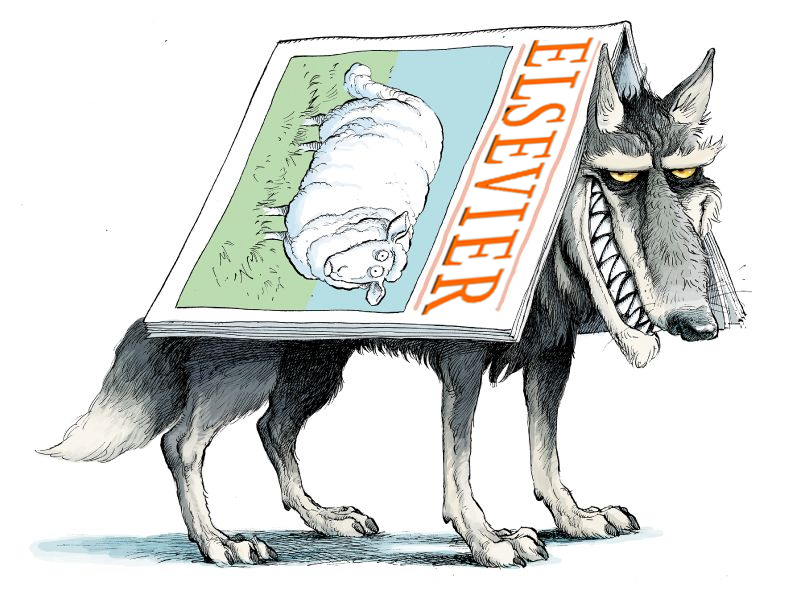
I am giving a talk next week and wanted to update some plots from an old analysis that previously featured on quantixed. The question is: how long does it take for a paper get published? The answer is complex (as previously discussed on quantixed), but we can at least find out using data from PubMed what journals declare as the time from when a paper is received to when it was published. The code is below and can be found here.







